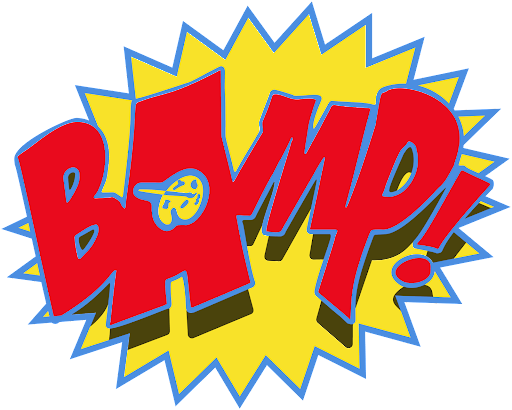Behind the Walls: The Illuminaries on Humility, Hustle, and Holding It Down in Oakland
From anonymous tags in Fruitvale to 100-foot murals downtown, The Illuminaries have become a fixture in Oakland's visual culture—without ever making a scene about it. On this episode of Urban Artist Talk, host Andre Jahmorah chops it up with the elusive crew to break down the roots of their craft, the code they live by, and the pressure that comes with painting for the streets and the stakeholders.
One-click subscribe for video updates
Art in the Shadows, Loud on the Walls
The Illuminaries don’t chase the spotlight—they let the work speak. Born from the graffiti scene, their early days were about late-night tags, dodge-the-cops missions, and learning to wield a can with intent.
“Being in the shadows is part of our game,” one member says. But as they transitioned into commissioned public work, that same underground ethos stuck—humility, precision, and a quiet confidence that hits harder than a signature.
Despite their mystique, their presence is undeniable. You’ve seen their murals—on the sides of houses, under bridges, wrapped around buildings—but you might not know their faces. And that’s the point.
From Graffiti to Galleries
Their origin story isn’t polished. Arrests in Oakland and Berkeley pushed them out of graffiti for a decade. During that hiatus, they turned to graphic design, sharpened their visual vocabulary, and eventually returned to the wall—this time with a new respect for scale, message, and community.
Still, their hearts beat for aerosol. “Once you feel that fat cap flare,” one of them recalls, “it calls you back.”
Their influences? Bay Area legends like Dream, Crayone, Estria, and Vogue. But what sets The Illuminaries apart is how they’ve taken those roots and evolved into muralists, educators, and collaborators—all while staying grounded.
Balancing Commission with Culture
In every project, there’s a tension. How do you make a piece pop for the community and keep the client happy?
“I don’t want someone to tag over it and say ‘toy,’”
says Andre, echoing a sentiment shared by every artist who’s ever painted in public. The Illuminaries admit the hustle isn't always glamorous. Sometimes it’s battling fear on a swing stage 80 feet in the air. Sometimes it’s being underpaid while a client pulls up in a new Tesla. But they’ve learned—through experience, iteration, and community support—that their work means more when it holds up under both critique and chaos.
They’ve even adapted their process, embracing tools like iPads and projectors while still honoring the improvisation that graffiti taught them.
“We're saving so much time now,” they laugh, “but we still fight through every wall like it’s our first.”
Icons, Armor, and Artistic Identity
Their mural “Rise & Grind,” featuring a reimagined Stomper the Elephant, became a cultural landmark. Painted on the side of a downtown parking structure, the armored elephant blends baseball catcher gear with ancient war aesthetics—elephants were once used in battle, after all. The piece is raw, regal, and unmistakably Oakland.
“It was our way of giving the elephant its power back,” they explain.
From freights to international walls in Vietnam and Albania, the Illuminaries’ reach continues to grow. But their mindset hasn’t changed. They still debate if their work is good enough, still battle self-doubt, and still push each other to raise the bar.
Why They Paint
So who’s the art for? Other artists? The general public? Themselves?
“It’s a balance,” they agree. “We want the streets to f*ck with it. We want the client to be proud. But above all, we want to be proud of it ourselves.”
Their advice to younger artists: Keep sketching. Don’t get discouraged by revisions. Respect the process. And most of all—know your worth. Because in a city built on hustle, those who last are the ones who give a damn, stay learning, and keep showing up.
Conclusion
The Illuminaries embody the essence of Oakland’s street art scene—gritty, passionate, and deeply connected to the city’s culture. From their roots in graffiti to their evolution as muralists, they’ve stayed true to their craft, balancing artistic integrity with the realities of commissioned work. Their journey proves that staying humble, embracing the grind, and pushing creative boundaries can turn raw talent into lasting impact. Whether painting on a freeway pillar or a downtown high-rise, they continue to leave their mark—not just on walls, but on the city itself.






